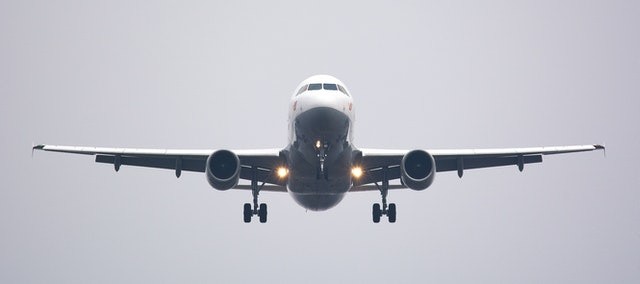The goal of NASA Aeronautics has always been to improve aircraft efficiency and safety while lowering noise, fuel consumption, and toxic pollutants. As a result, NASA-developed technology has helped to make flying more ecologically and economically sustainable for decades.

Creating Next Gen Aircrafts
They're now focusing on creating and testing new green technologies for next-generation aircraft, new automation tools for greener and safer airspace operations, and new sustainable energy sources for aircraft propulsion.
Through their Sustainable Flight National Partnership, we will work with the aviation industry, academia, and other agencies to meet aviation's aggressive climate change agenda: decrease aviation carbon emissions by half by 2050 compared to 2005 and reach net-zero emissions by 2060.
Hybrid Transport Aircraft

They plan to demonstrate the first-ever high-power hybrid-electric propulsion on a large transport aircraft, ultra-high efficiency long and slender aircraft wings, new large-scale composite materials manufacturing techniques, and advanced engine technologies based on NASA innovation over the next ten years.
They will develop new air traffic management automation technologies in collaboration with the Federal Aviation Administration and airlines to safely and reliably place future aircraft on flight paths optimized for common environmental effects.
Greener Air Travel
Airlines are looking for methods to reduce their environmental effect, from modifying their fuel to adjusting flight routes to generate fewer contrails.
Related Article : France Aims to Cut Emissions By Banning Short Flights
Gasoline Consumption
Airplanes consume a tremendous quantity of gasoline. For example, a Boeing 747-400 jumbo aircraft carries 63,000 gallons (240,000 liters) of jet fuel on board, which is nearly a tenth of an Olympic-sized swimming pool, and burns it at a rate of 4 liters (0.9 gallons) every second.
This is why flying people or commodities worldwide uses so much energy - and is so bad for the environment. A single trip may produce as much CO2 as many people do in a year, and the number of flights is predicted to increase at an alarming rate over the next few decades.
Emission Contribution

Aviation contributes a modest percentage of global carbon emissions compared to other industries, but it is one of the fastest rising. Flights increased by 5% every year between 2000 and 2019, accounting for 2.5 percent of global CO2 emissions in 2019.
Flights and passenger counts decreased due to Covid-19, but the number of people traveling is likely to restore to 2019 levels in a few years and then climb. All of this indicates that we must do a lot more and quickly reduce aviation emissions. However, other than the steadily increasing aviation economy, little progress has been made on fully decarbonizing flights.
Emission Goals
Suppose the world intends to minimize global warming by fulfilling the Paris Agreement's ambitious carbon emission reduction targets. In that case, aviation will need to transition totally away from fossil fuels in the long run. Airbus, for example, has ambitious aspirations to create hydrogen jets over the next 15 years.
Read also: Potential Faster-Than-Light-Space Travel Facts: Alcubierre's Warp, the Key To Interstellar Travels?
For similar travel news, don't forget to follow Nature World News!
© 2025 NatureWorldNews.com All rights reserved. Do not reproduce without permission.





